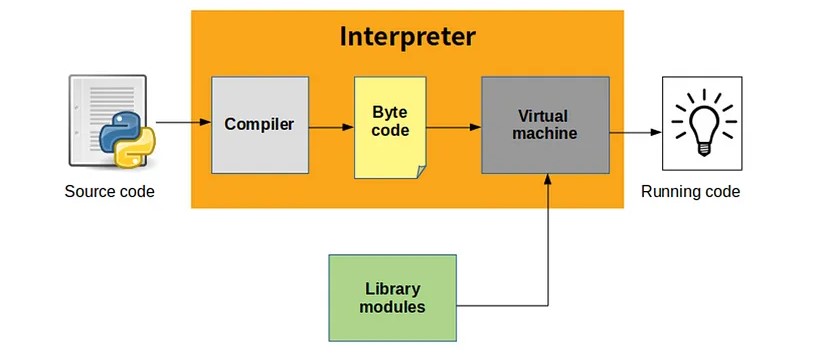The syllabus for Core Python can be broken down into
several key topics, each focusing on different aspects
of the language and its fundamental concepts. Here’s a
detailed breakdown of a typical Core Python syllabus.
1. Introduction to Python
- History of Python
- Features of Python
- Installing Python
- Writing and running Python programs
- Basic syntax and data types
2. Installation and Configuration
- Install Python
- Install Python Editor
3. Variables and Operators
- Variable assignment and naming conventions
- Numeric, string, and boolean operators
- Arithmetic, comparison, and logical operators
4. Control Flow Statements
- If-else statements
- Loops (for, while)
- Break and continue statements
- Pass statement
5. Arrays and Collection
- Access the Elements of an Array
- The Length of an Array
- Operations in Array
6. Object-Oriented Programming (OOP)
- Classes and objects
- Attributes and methods
- Inheritance and polymorphism
- Encapsulation and abstraction
7. Exception Handling
- Types of exceptions
- Try-except blocks
- Handling specific exceptions
- Raising exceptions
8. Modules and Packages
- Creating and importing modules
- Exploring the Python Standard Library
- Installing and using third-party packages
9. Functions
- Defining and calling functions
- Parameters and arguments
- Return values
- Lambda functions
10. File Handling
- Opening and closing files
- Reading from and writing to files
-
Working with different file formats (CSV, JSON, XML)
11. Concurrency and Threads
- Introduction
- Creating and starting thread
- Thread Names
- Thread Life Cycle
- Key Methods
- Daemon Thread
- Create Daemon Thread
- Synchronisation
- Create Multiple Threads to check Concurrency
- Working with join() Method in Threads
- Create Thread with join()
- The Threading Module
- Thread Priority
12. Introduction to GUI Programming
-
Overview of GUI frameworks (Tkinter, PyQt, Kivy)
- Creating simple GUI applications
- Event-driven programming
Conclusion
- Summary of key concepts
- Resources for further learning and practice
This syllabus provides a comprehensive overview of
Core Python, covering essential topics required to
build a strong foundation in Python programming.


